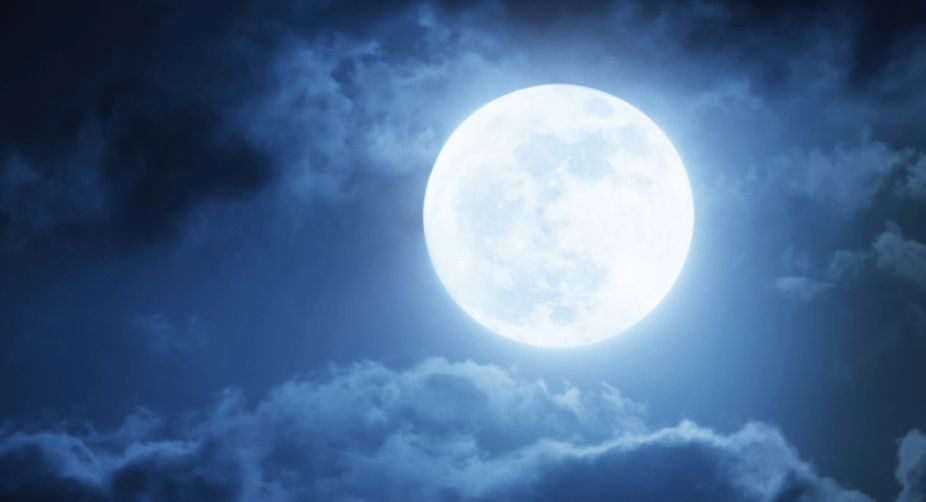Space Leap
India's successful execution of its first-ever space docking experiment marks a pivotal moment in the nation’s space journey, solidifying its position among the global elite.
It’s been eight years since India’s first indigenous spacecraft Chandrayaan-I landed on Moon, which detected water on its surface and collected data on its atmosphere and surface.

It’s been eight years since India’s first indigenous
spacecraft Chandrayaan-I landed on Moon, which detected water on its surface
and collected data on its atmosphere and surface. Now, Indian Space Research
Organisation (ISRO) has assigned a project to interpret data on Surface
Geology, composition and Morphology of Mars to a Himachal scientist presently
working in the Geology Department of Government Degree College, Dharamshala, Dr
Sunil Dhar, who is also the head of the department.
Talking to The
Statesman, Dr Sunil Dhar said that ISRO has assigned him to a project for
interpretation of data collected by Chandrayaan on Surface Geology, composition
and Morphology of Mars. “GDC Dharamshala is only institute after Jawaharlal
Nehru University in north India that had been assigned project to study data
collected by the Chandrayaan Satellite,” he said. Dr Dhar said the project
involves studying and interpretation of data to find as to what type of
minerals are there on the Moon’s surface. The study would also focus on
identifying the contents on the lunar surface, velocity of rocks and
mineralogy.
Advertisement
“ISRO had collected data through remote sensing, terrain mapping
camera, hyperspectral imager and video imaging system which needs interpretion
to gather more information about the planet,” he said. Dr Dhar said he had
applied for the project last year and was granted the project a few days after
incorporating several changes in it. “It’s a new kind of study for which ISRO
had invited proposals from a group of scientists and academicians belonging to
recognised institutions, universities and government organisations of India in
the month of AugustSeptember 2015,” he added.
Advertisement
It is worthwhile to mention here
that ISRO had invited proposals for conducting research on understanding the
Martian Atmospheric processes, including dust storms and cloud formation,
surface geology, composition and morphology of Mars, fluvial and aeolian
process studies and Integrated studies of MOM payload data with other
international missions like MRO, Mars. Further, research proposals were also
invited for conducting studies related to trace gases on Mars including
Methane, sub-surface water on Mars and assessment of Martian atmospheric escape
process.
By Sanjeev Kumar
Advertisement